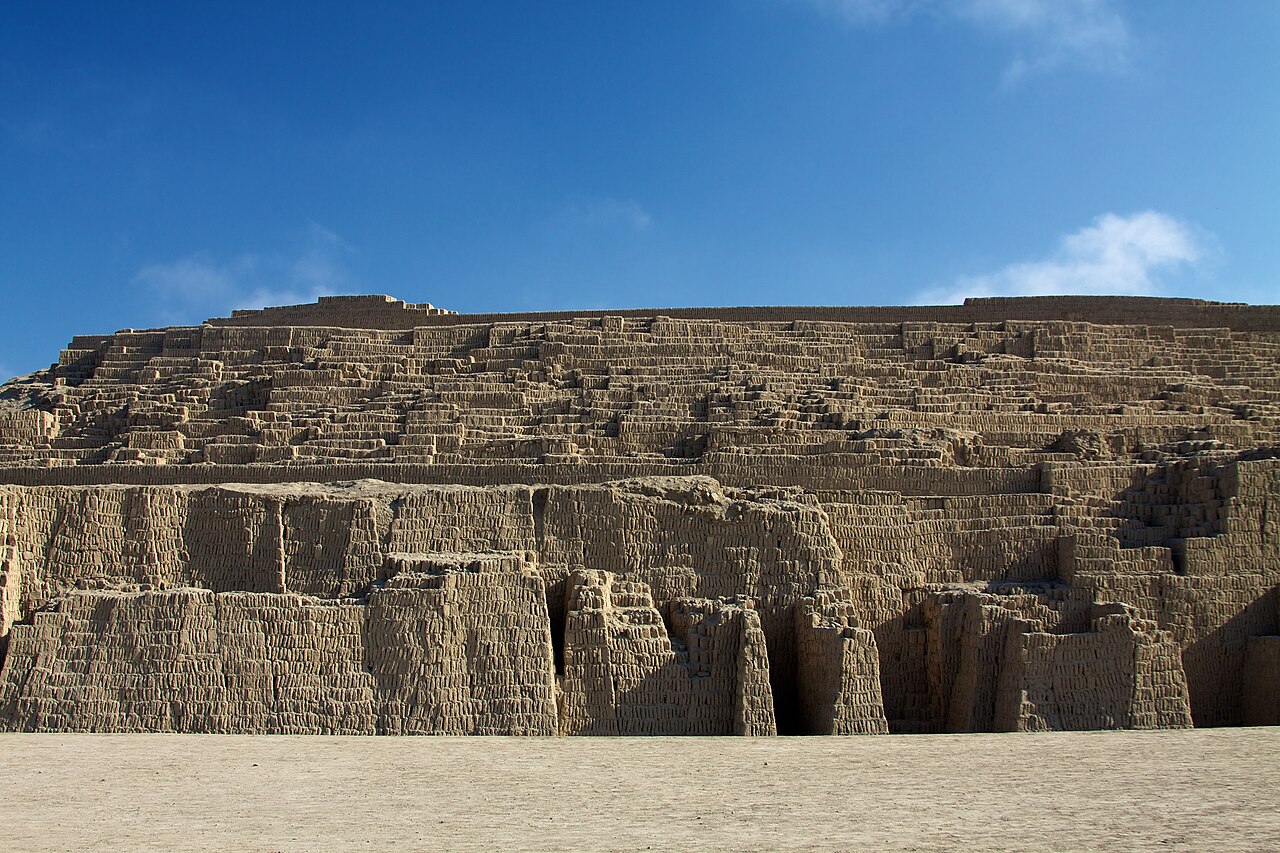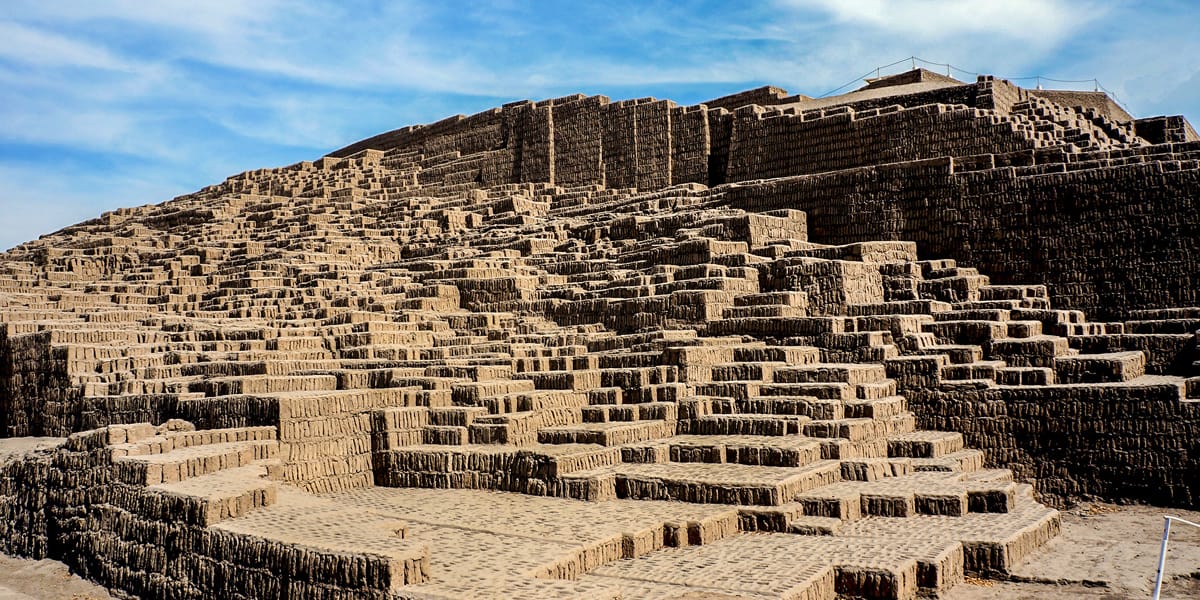Latin America
Related: About this forumArchaeologists Find 1,000-Year-Old Mummy Buried at Top of Huge Pyramid
BY ARISTOS GEORGIOU ON 9/8/23 AT 10:03 AM EDT
A mummy thought to be around 1,000 years old has been discovered in Peru.
Researchers discovered the mummy, which belonged to the pre-Inca Ychsma culture, during excavations at the Huaca Pucllana archaeological site, newspaper Perú 21 reported.
The mummy was buried in a simple, circular grave at the top of the pyramid, which is located in the heart of a residential area in the Peruvian capital of Lima. Huaca Pucllana is a large clay pyramid standing more than 70 feet tall in the city's Miraflores district.
The structure, which features seven staggered platforms, was constructed by the Lima culture that developed on the Peruvian central coast between A.D. 200 and 700.
The site served as an important ceremonial center for these ancient people. Other activities, possibly administrative, may have been carried out at the site, but the evidence suggests that its main purpose was for ritual activities.
. . .
- click for image -
https://tinyurl.com/yr2fyvde
The Huaca Pucllana pyramid in Lima, Peru, features seven staggered platforms.
LUIS ROSENDO/HERITAGE IMAGES/GETTY IMAGES
More:
https://www.newsweek.com/archaeologist-find-1000-year-old-mummy-buried-top-huge-pyramid-1825575
burrowowl
(18,491 posts)Judi Lynn
(164,040 posts)
By McKay Savage - Flickr: Peru - Lima 181 - Huaca Pucllana, CC BY 2.0, https://commons.wikimedia.org/w/index.php?curid=20990606
The front of Huaca Pucllana
Huaca Pucllana or Huaca Juliana[1] (possibly from Quechua wak'a a local shrine to a protector deity, a sacred place, sacred, pukllana game)[2] is a great adobe and clay pyramid located in the Miraflores district of central Lima, Peru, built from seven staggered platforms. It served as an important ceremonial and administrative center for the advancement of the Lima Culture, a society which developed in the Peruvian Central Coast between the years of 200 AD and 700 AD.
With the intended purpose of having the elite clergymen (who politically governed several valleys in the area) express their complete religious power and ability to control the use of all the natural water resources (saltwater and freshwater) of the zone, a Great Pyramid was constructed in the Huaca.
As a whole, the structure is surrounded by a plaza, or central square, that borders the outer limits, and by a large structured wall dividing it into two separate sections. In one section there were benches and evidence of deep pits where offerings of fish and other marine life took place in order to attain the favor of the gods. The other section is an administrative area. This area contains various small clay structures and huts made of adobe–with some walls still standing–whose function seemed to be to act as the courtyards and patios of the enclosure which is over 500 meters in length, 100 in width and 22 in height.
Other remains have been uncovered belonging to the Wari Culture (500 – 1000 AD), which was a direct influence on the Lima Culture society towards the ends of its time period. Of particular note are the remains of the "Señor de los Unkus" (The Lord of the Unkus), which belonged to the first tomb within the ceremonial center to have been discovered completely intact. This tomb holds three separate burial shrouds containing the remains of three adults–two of which have masks–and those of a sacrificed child.
https://en.wikipedia.org/wiki/Huaca_Pucllana#/media/File:Huaca_Pucllana_Miraflores.jpg
(No more at link.)


Delphinus
(12,464 posts)I was expecting it to be a female.
Thank you for sharing.
Martin68
(26,919 posts)ever since it was established.